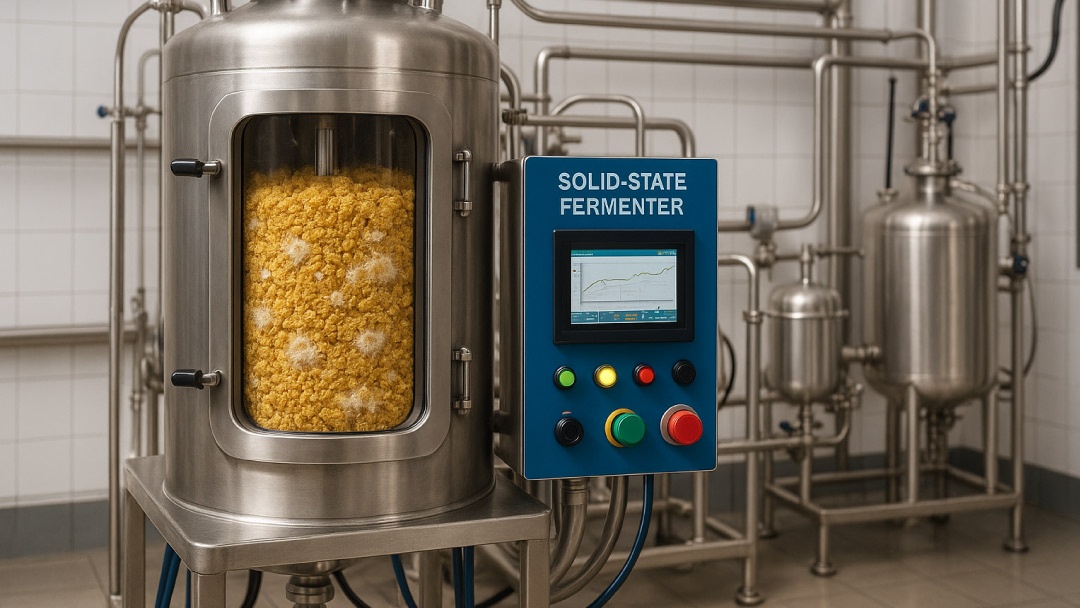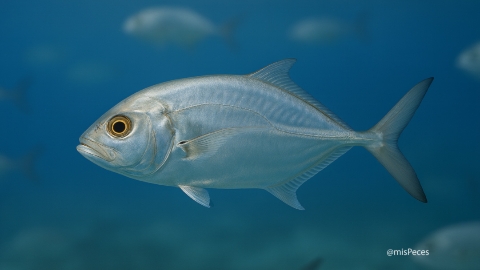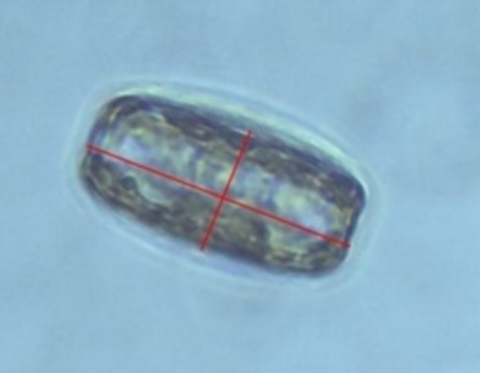
The aquaculture industry, which is essential for global food security, faces a sustainability dilemma: dependence on ingredients such as fishmeal and soya bean meal. However, in recent years, technological advancements and pioneering research breakthroughs are putting into practice a promising biotechnological solution: Solid-State Fermentation.
This ancient technique, used in food like bread and beer, is being refined to transform waste inot a new ingredient of high nutritional value for fish. According to experts, Solid-State Fermentation is not only sustainable but is set to revolutionise aquafeed thanks to three specific points that make it a high-impact solution.
1.- Sustainability and the Promise of the Circular Economy
Fermentation is at the heart of the circular economy due to its ability to repurpose agri-industrial by-products and residues (such as crop residues, molasses, or oilseed cakes) which would otherwise end up in landfill or cause pollution. The process uses microorganisms to ferment these low-value residues, this converting a waste management problem into a source of high-quality feed. This achieves a double benefit: it reduces environmental pollution generated by food waste, and at the same time, decreases the need for extensive cultivation or overfishing to obtain feed ingredients.
2.- Nutritional Boosting: A “Superfood” for Fish
Fermentation is not just a recycling method; it is a tool for drastically improving the nutritional profile ingredients, making it a viable substitute for fishmeal. The microorganisms used in solid-state fermentation, such as fungi and yeast, break down the complex structures of the residues, increasing the crude protein content, improving the essential amino acid profile, and making the nutrient much easier for aquatic animal to digest.
Additionally, fermentation is capable of reducing or eliminating Anti-Nutritional Factors (ANFs), such as phytic acid, which are commonly found in plant-based meals and inhibit nutrient absorption, thereby unlocking the ingredient’s full nutritional potential.
3.- Successful Fishmeal Substitution
Scientific evidence is the third key point, demonstrating that this is no longer a theoretical promise, but a proven alternative. Studies have shown that fermentation-derived ingredients can effectively replace up to 50% or more of the fishmeal and soya in diets of various aquatic species. Crucially, animals that consume these fermented products show an improvement in growth, feed efficiency, and a boost to their immune system due to the bioactive compounds generated during fermentation.
Solid-State Fermentation is transitioning from a laboratory technique to a fundamental pillar in the aquaculture sustainability strategy, promising feed that is more nutritious, more economical, and, most importantly, completely aligned with a future of responsible food production.




